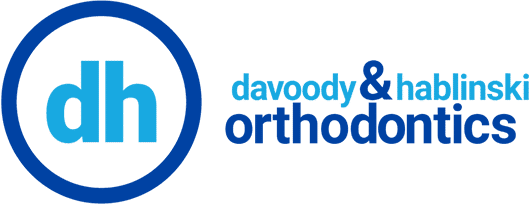Surviving Date Night with Braces
Date night can be a nerve-wracking experience. From what to wear, where to go, what to talk about, the numerous variables of date night can wreak havoc on what should be a fun experience. You don’t want your braces to be another source of worry on this evening, and they don’t have to be! With a few simple
Dr. Amir Davoody takes the lead at Davoody & Hablinski Orthodontics
Dear Patients, After over 37 rewarding years in full-time practice, I will be moving to a part-time schedule at the end of the year. Dr. Amir Davoody will take the lead as primary orthodontist of Davoody & Hablinski Orthodontics, seeing patients five days per week. My plan is to spend more time with my family, including my six
4 Reasons to Choose Davoody and Hablinski Orthodontics
When it comes to improving your smile, at-home teeth straightening kits have become an increasingly popular option for patients looking to correct minor to moderate orthodontic problems. Even though teeth straightening kits are less expensive and time-consuming than services diagnosed and treated by an orthodontist such as Dr. Davoody or Dr. Hablinski of Davoody and Hablinski Orthodontics, the
Elastics for Braces, Explained.
Whether you’ve had orthodontic treatment or not, you’ve seen people wearing elastics or rubber bands as part of the process. But do you know what they’re used for? To help give you a better idea of why rubber bands are used with metal or clear braces, we’ll explain what they are, why they’re used, and how to take
What to Expect in Your First Week With Braces
You’re getting your braces put on for the first time and you’re not sure what to expect. One thing is for sure; your oral hygiene practices will definitely change. To help prepare you for what’s in store and make the most of your orthodontic treatment, we at Davoody and Hablinski Orthodontics explain what you can expect from your first
Do Your Gums Bleed When Flossing?
It’s the start of a new day and you’re going through the motions of your morning routine. As you begin flossing, you notice your gums start to bleed in some areas. Is this normal? While bleeding gums from flossing does not mean your mouth isn’t clean, it can be a sign that you aren’t flossing enough. According to

